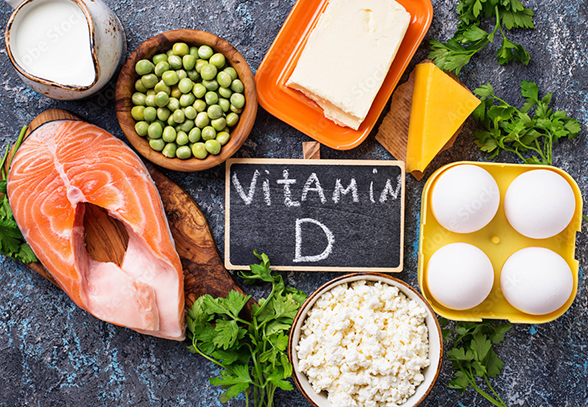Gestational Diabetes – What to know
For case managers working in prenatal care, the goal is to help pregnant women achieve a healthy pregnancy, a healthy baby, and a healthy mom. Gestational diabetes is a red flag for a high-risk pregnancy. The encouraging news is gestational diabetes can be managed with proper nutrition, exercise, and stress reduction. Here is some information that you can share with new moms. What is Gestational Diabetes?
Insulin is a hormone that allows the body to use carbohydrates once they are eaten. Without insulin, the body has a buildup of carbohydrates (in the form of glucose once digested) in the bloodstream. During pregnancy, the body makes several new kinds of hormones to help the baby grow and prepare the woman’s body for birth. Some of these new hormones work against insulin. Gestational Diabetes Mellitus (GDM) is a condition in which the body cannot make enough extra insulin to make up for this change and causes blood glucose levels to be too high.
Why is this a problem?
Elevated blood glucose can:
- Cause the baby to grow too large and lead to a difficult delivery
- Cause the baby to have hypoglycemia at birth
- Increase the mother’s risk of developing Type 2 Diabetes (T2DM)
- Increase child’s risk of developing obesity, prediabetes, and the possibility of T2DM later in life
How does diet affect GDM?
Consuming carbohydrates can affect blood glucose depending on the type of carbohydrate and what is eaten with it. Examples of carbohydrates that increase blood glucose include the following: breads, cereals, pasta, rice, milk, beans, fruits and juice, sweets/desserts (including honey, jam, sugar), sweetened drinks (like sweet tea, soda, energy drinks), starchy vegetables (such as potatoes, corn, peas). Foods that DO NOT increase blood glucose are proteins & fats. Examples of proteins include: meat, poultry, & seafood, eggs, cheese, tofu, and nuts/seeds. Some types of fats are oils and butter/margarine. Non-starchy vegetables have minimal carbohydrates and do not greatly affect blood glucose. They do not need to be monitored like other carbohydrates listed above. Examples of non-starchy vegetables are broccoli, carrots, cauliflower, tomatoes, peppers, green beans, and leafy greens.
How should a new mom with GDM eat?
Reading food labels is a great way to start. When looking at a label, instruct the member to ignore sugar and focus on TOTAL CARBOHYDRATES. Fifteen grams of carbohydrates is considered one “carbohydrate count.” The goal should be 2-3 carbohydrate counts per meal and 1 with snacks and adjust as needed. Using measuring cups will ensure using the correct serving sizes as defined on the label. Many individuals with GDM or T2DM mistakenly focus on sugar on the food label; however, sugar is a type of carbohydrate and counts towards the total. Others see carbohydrates as the enemy and avoid them altogether. Carbohydrates are the basic energy source for the body, and thus, for the baby’s growth. It is also essential to eat frequent, balanced meals to keep blood glucose stable. Balanced meals include carbohydrates, a protein, and some fat. Examples are listed above. Also, the new mom should eat vegetables often. Regular snacks are also important. For snacks, combining a carbohydrate serving with a protein or fat is recommended. An example is a slice of bread with peanut butter.
Any other tips?
Besides taking medications as prescribed, a mom with GDM should monitor their blood glucose with a glucometer to see how different foods and amounts affect their blood glucose. Advise them to use a food journal to keep track. Also, a referral to see a Registered Dietitian will provide members with more personalized recommendations and counseling.
To learn more, click here to learn about GA Foods’ KickStart Maternal Health program.

Alexandria is the Senior Product Manager at GA Foods. She is a Registered Dietitian and has worked in clinical rehabilitation facilities and the post-discharge food industry. Her experience gives Alexandria unique insights into social disparities and how health is affected. She and her growing family live in Tennessee, enjoying the mountain air, gardening, and tending their chickens.


